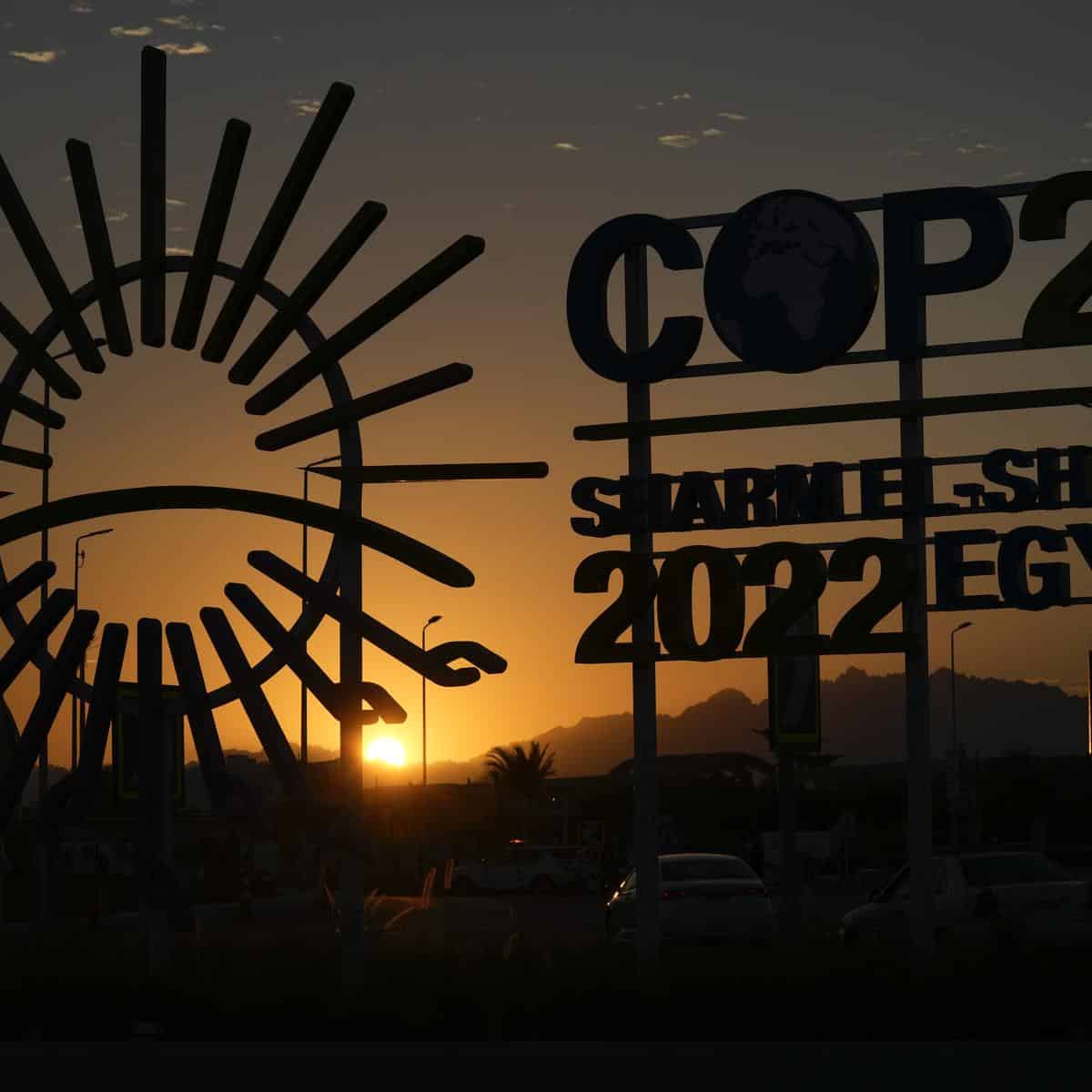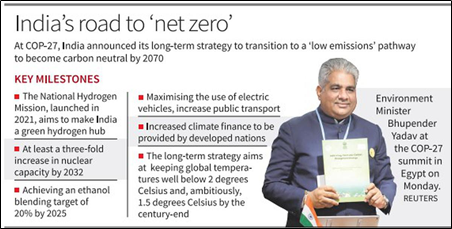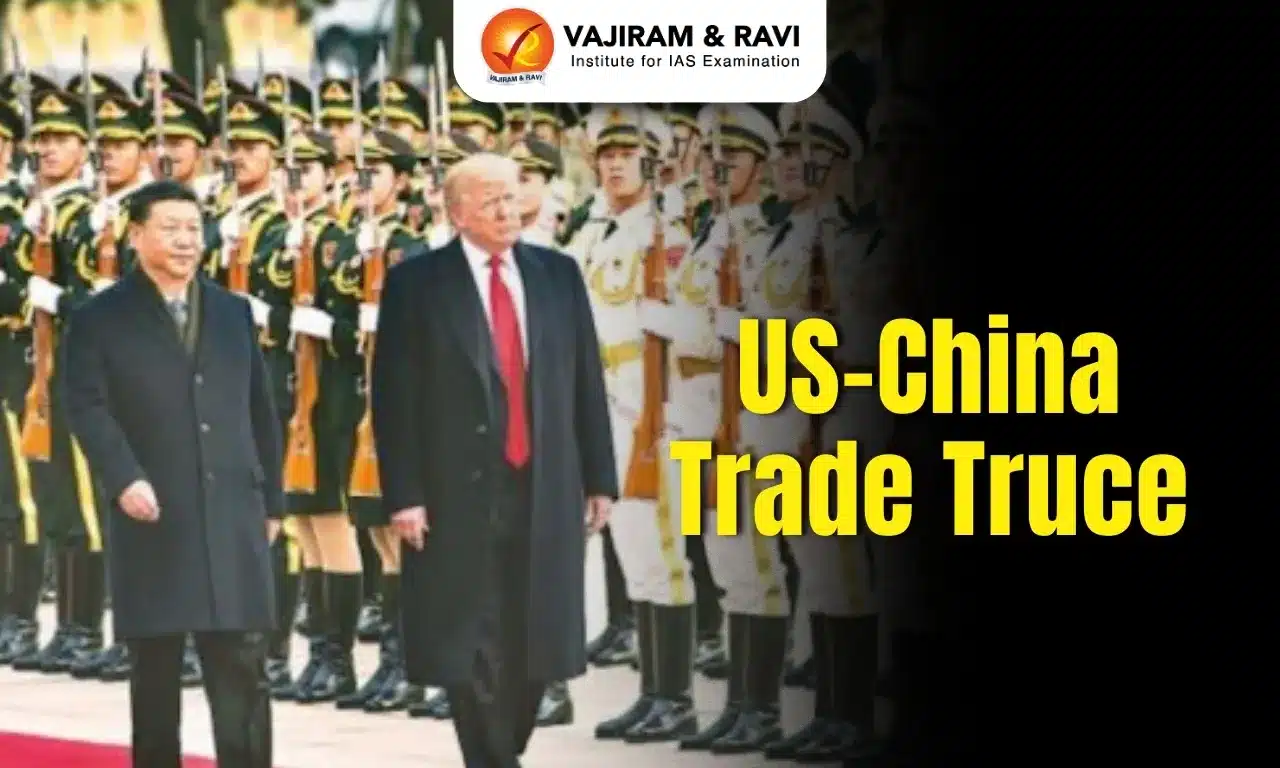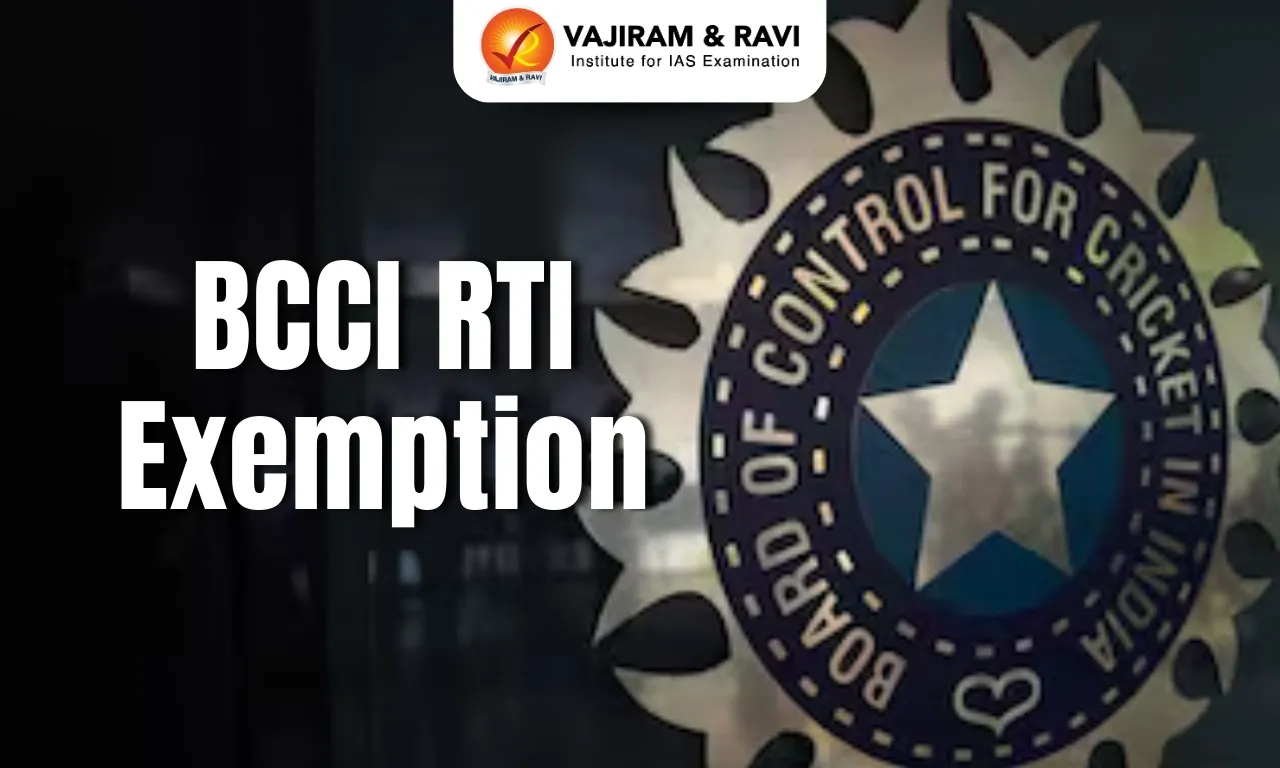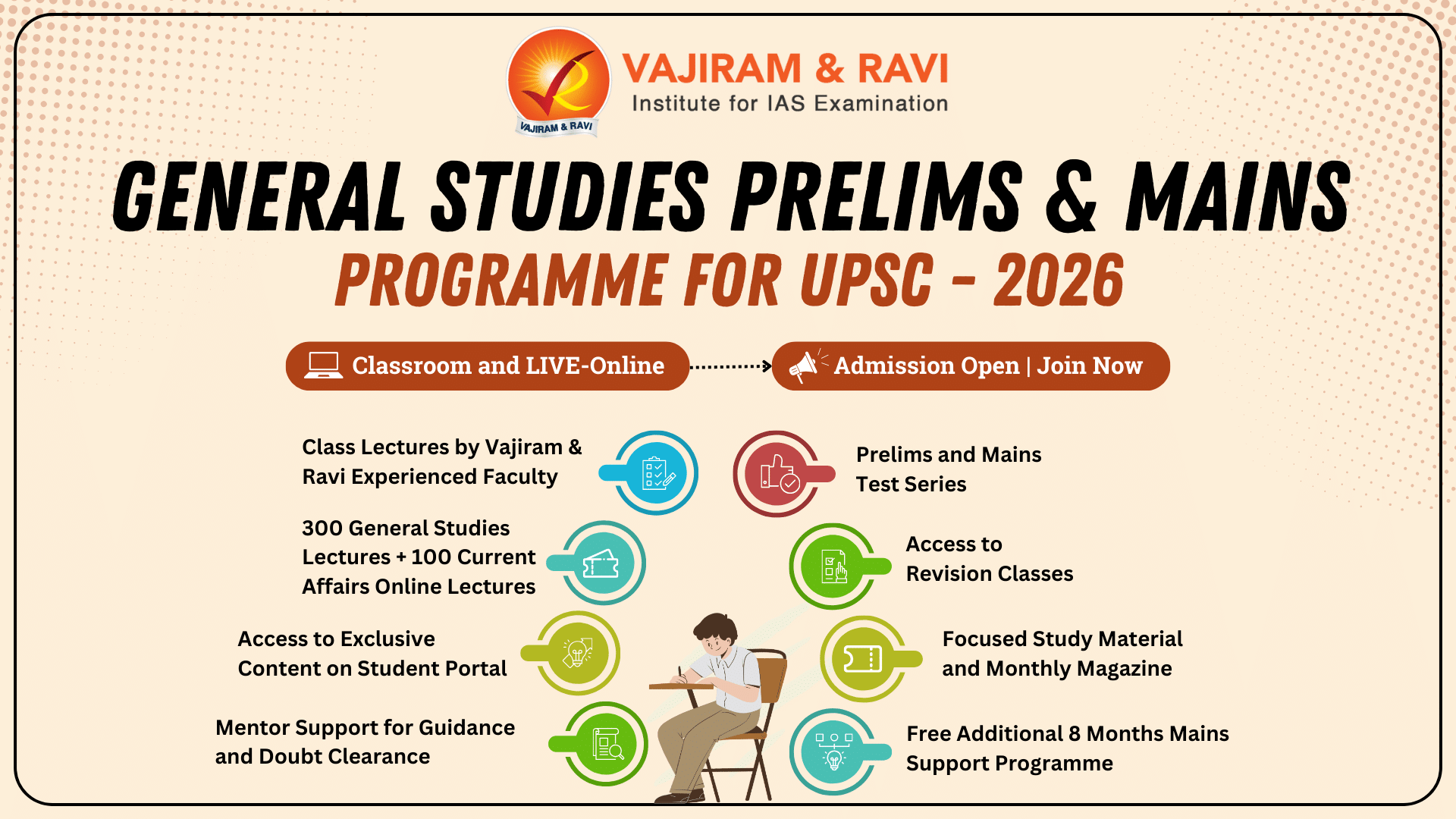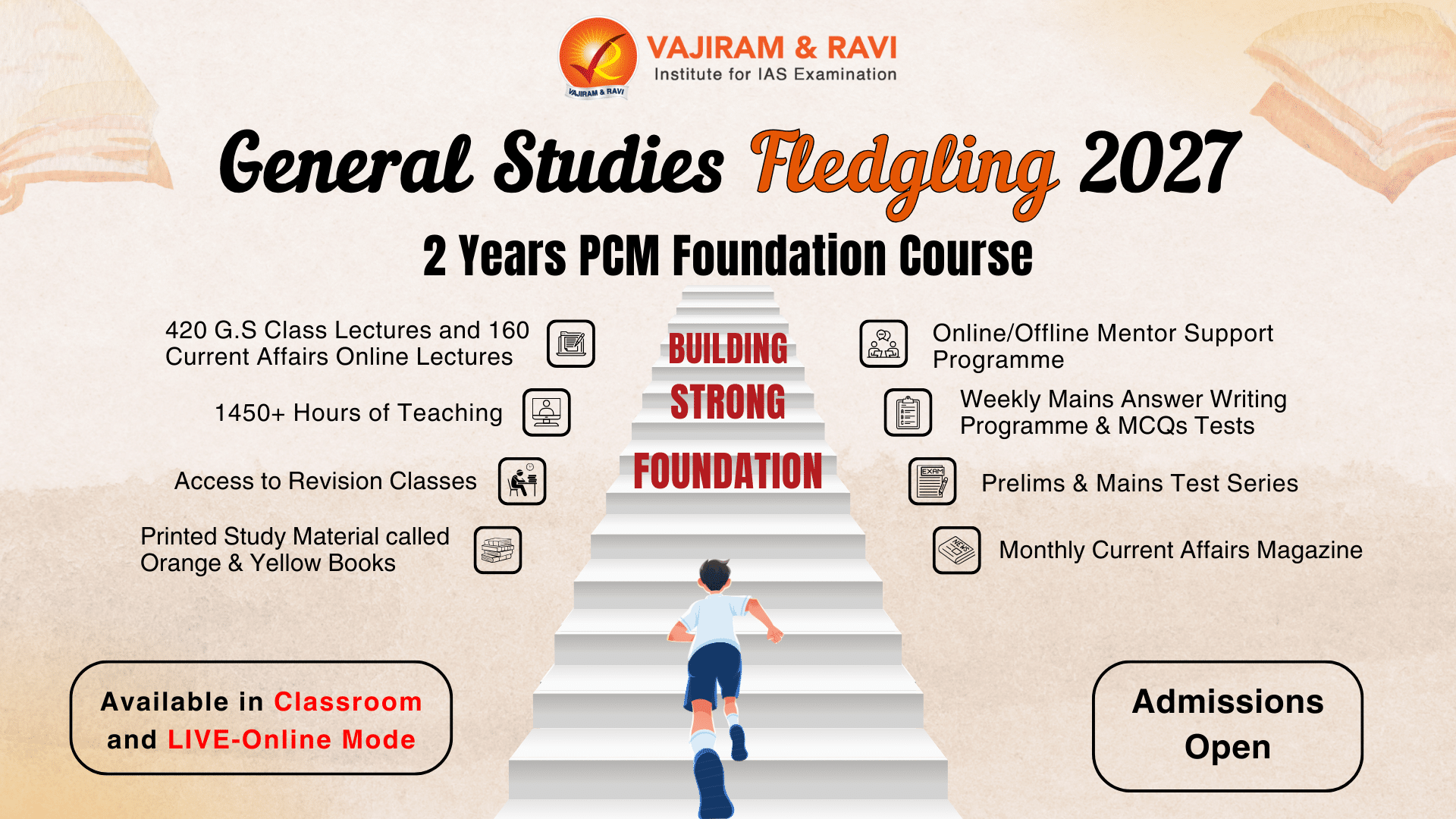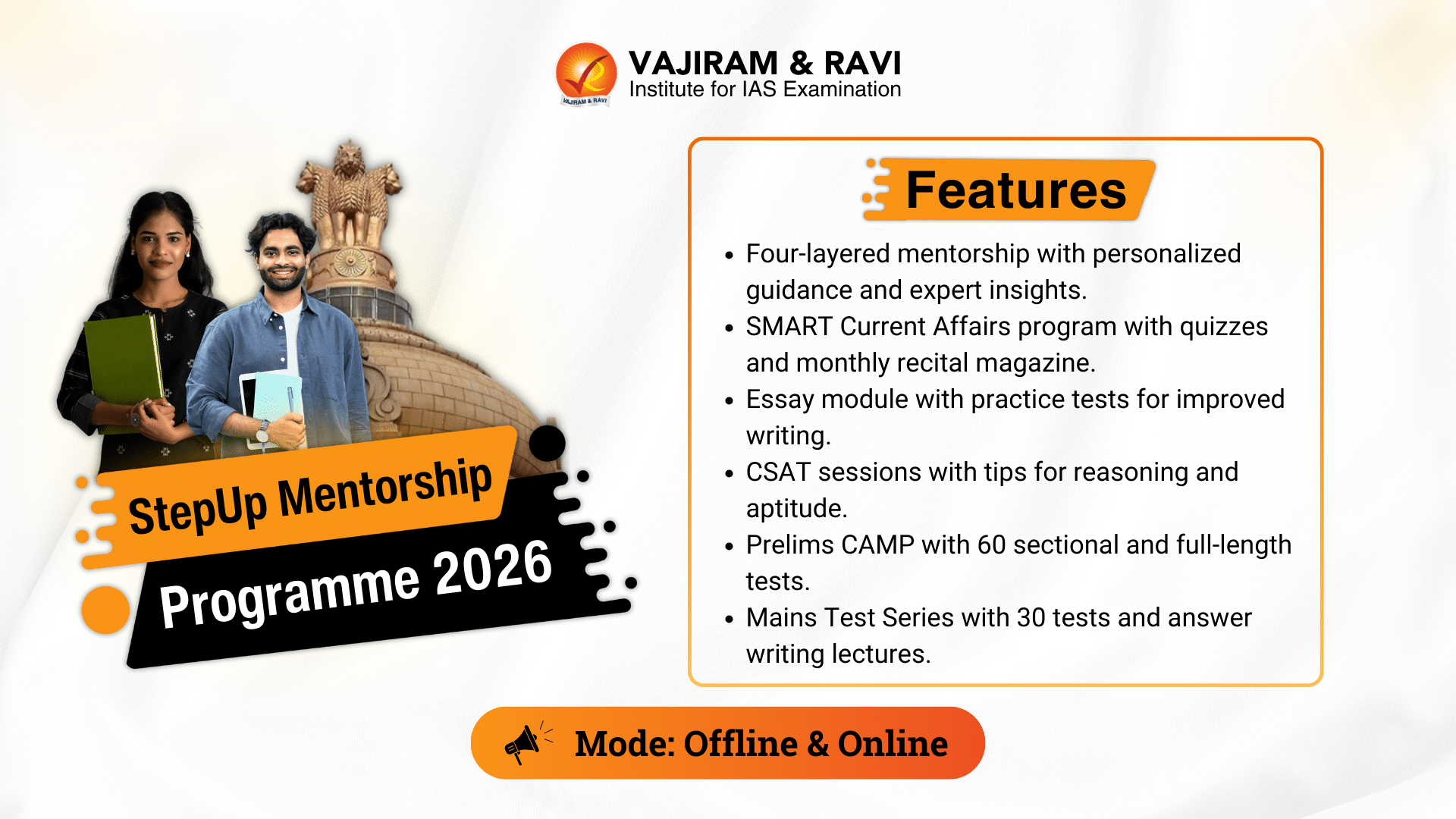What’s in today’s article:
- About COP27 (History, Purpose)
- India’s LT-LEDS (Background, Purpose, Highlights)
- Conclusion
Why in news?
- Recently, India announced its long-term strategy to transition to a “low emissions” pathway at the United Nations Conference of Parties (COP) ongoing in Sharm el-Sheikh, Egypt.
About COP27:
- The 27th session of the Conference of the Parties (COP27) to the United Nations Framework Convention on Climate Change (UNFCCC) is currently being held in Sharm El Sheikh, Egypt.
- The COP is the supreme decision-making body of the Convention.
- The climate change process revolves around the annual sessions of the COP.
- It meets every year, unless the parties decide otherwise.
- The next conference of parties i.e. COP28 will be held in Dubai, UAE in November, 2023.
LT-LEDS (Long Term-Low Emission Development Strategy):
- At the ongoing COP27, India announced its long-term strategy to transition to a “low emissions” pathway i.e. LT-LEDS.
- The LT-LEDS is a commitment document which every signatory to the Paris Agreement (2015) is obliged to make by 2022.
- So far, only 57 countries (including India) have submitted their document.
- India’s strategy is mainly based on expanding India’s nuclear power capacity by at least three-fold in the next decade, apart from becoming an international hub for producing green hydrogen and increasing the proportion of ethanol in petrol.
- This strategy is in line with India’s goal of being carbon neutral by 2070 — a commitment made by Prime Minister Narendra Modi at Glasgow, UK where the 26th COP was held last year.
- India’s LT-LEDS includes –
- Mode of Transportation –
- India “aspires” to maximise the use of electric vehicles, with ethanol blending to reach 20% by 2025 (it is currently 10%).
- India also aims for a “strong shift” to public transport for passenger and freight traffic.
- Carbon Sequestration –
- India will also focus on improving energy efficiency by the Perform, Achieve and Trade (PAT) scheme, the National Hydrogen Mission, increasing electrification, enhancing material efficiency, and recycling and ways to reduce emissions.
- India’s forest and tree cover are a net carbon sink absorbing 15% of CO2 emissions in 2016.
- The country is on track to fulfilling its Nationally Determined Contributions (NDC) commitment of 2.5 to 3 billion tonnes of additional carbon sequestration in forest and tree cover by 2030.
- On Climate Finance –
- The document underlined that this transition entailed costs ranging in “trillion dollars” that the developed countries, responsible for the existing carbon accumulation, ought to be making good.
- The document says that provision of climate finance by developed countries will play a very significant role and needs to be considerably enhanced, in the form of grants and concessional loans.
- Mode of Transportation –
Conclusion:
- India’s long-term strategy (LTS) can guide the growth of Indian industry, urban planning, and infrastructure creation.
- Connecting India’s net-zero target with near-term climate actions is critical to avoid investments that might be incompatible with a low-emissions and climate-resilient future.
- India’s LTS follows up on the net zero pledge. It clearly outlines key interventions across sectors that are going to be the focus of India’s efforts.
- Importantly, the document is an outcome of intensive stakeholder discussions.
Last updated on August, 2025
→ UPSC Mains Admit Card 2025 will be released soon at www.upsc.gov.in.
→ UPSC Mains 2025 will be conducted on 22nd August 2025.
→ UPSC Notification 2025 was released on 22nd January 2025.
→ UPSC Calendar 2026 is released on 15th May, 2025.
→ UPSC Prelims Question Paper 2025 and Unofficial Prelims Answer Key 2025 are available now.
→ UPSC Prelims Result 2025 is out now for the CSE held on 25 May 2025.
→ The UPSC Vacancy 2025 were released 1129, out of which 979 were for UPSC CSE and remaining 150 are for UPSC IFoS.
→ UPSC Prelims 2026 will be conducted on 24th May, 2026 & UPSC Mains 2026 will be conducted on 21st August 2026.
→ The UPSC Selection Process is of 3 stages-Prelims, Mains and Interview.
→ UPSC Result 2024 is released with latest UPSC Marksheet 2024. Check Now!
→ UPSC Toppers List 2024 is released now. Shakti Dubey is UPSC AIR 1 2024 Topper.
→ Also check Best IAS Coaching in Delhi


